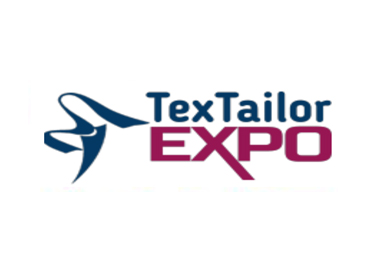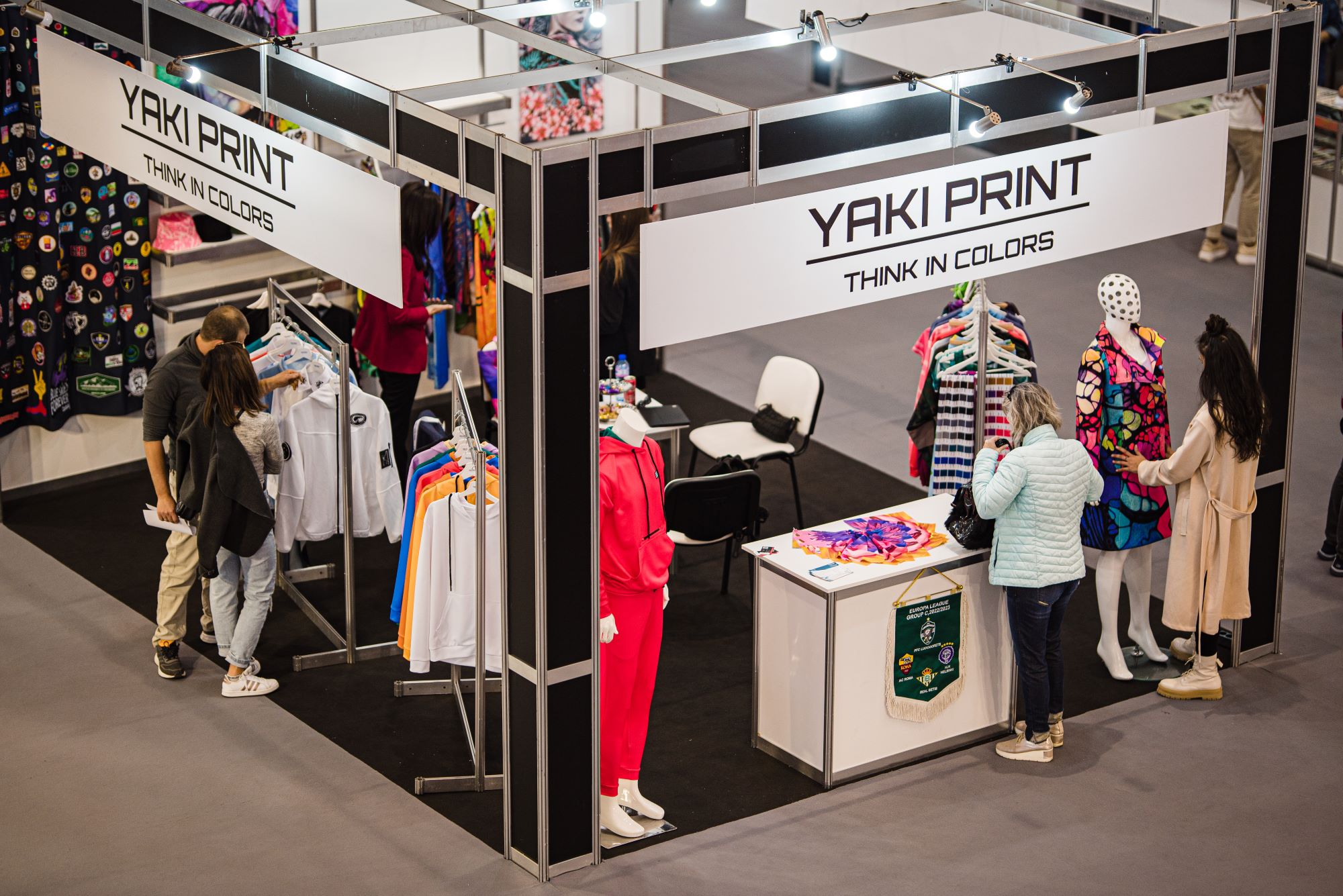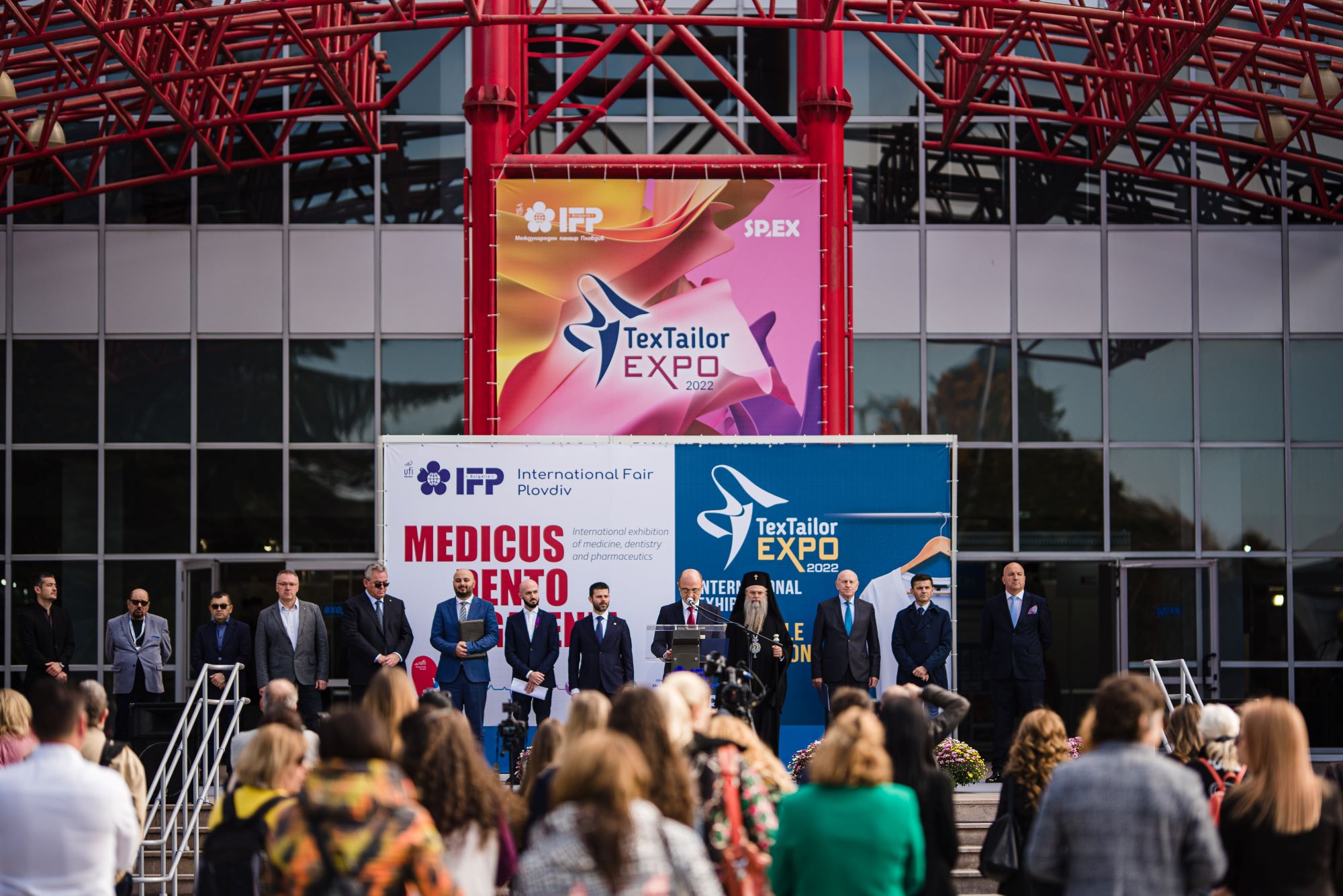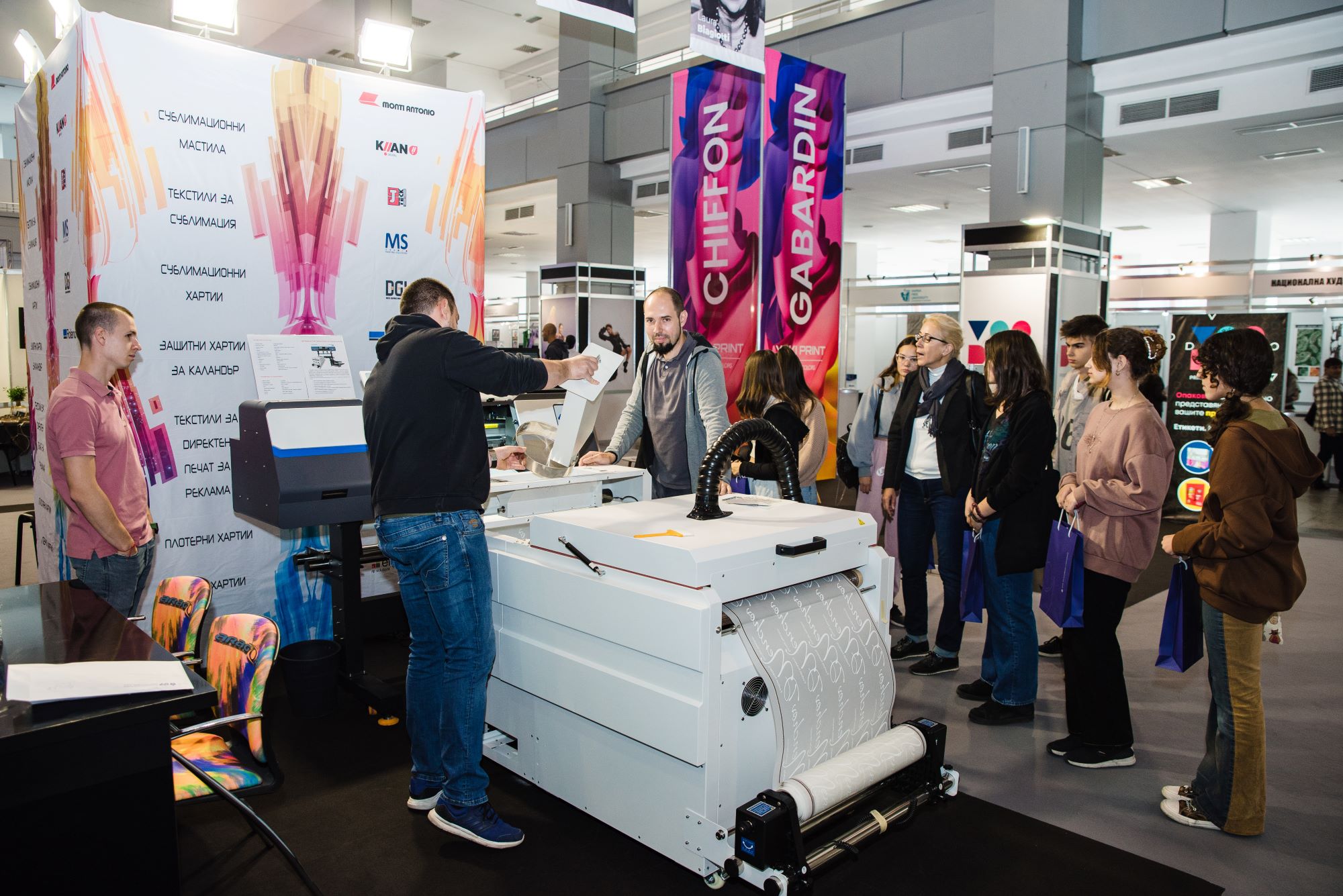Textile Machinery
Spinning preparation, chemical fiber production, spinning machinery and its auxiliaries and accessories
Winding, deformation, twisting machines and their auxiliaries and accessories
Netting, bonding, and finishing machines for nonwoven fabrics and felting, as well as their auxiliaries and accessories
Weaving preparation, weaving, tufting machines and their auxiliaries and accessories
Knitting machinery and its auxiliaries and accessories
Embroidery machinery and its auxiliaries and accessories
Knitting machinery and accessories
Washing, bleaching, dyeing, drying, finishing, rolling, shearing, and folding machines and their auxiliaries and accessories
Printing and digital printing machines and their auxiliaries, inks and accessories
Clothing and other textile processing machinery and its auxiliary machinery and accessories
Laboratory testing and measuring equipment and their accessories
Transportation, handling, logistics, warehousing, and packaging equipment and accessories
Recycling equipment, waste reduction and pollution prevention equipment and their accessories
Software for design, data monitoring, processing, and integration
Dyes and textile chemicals for the textile industry
Dye Chemical Industry
Spinning preparation, chemical fiber production, spinning machinery and its auxiliaries and accessories
Winding, deformation, twisting machines and their auxiliaries and accessories
Netting, bonding, and finishing machines for nonwoven fabrics and felting, as well as their auxiliaries and accessories
Weaving preparation, weaving, tufting machines and their auxiliaries and accessories
Knitting machinery and its auxiliaries and accessories
Embroidery machinery and its auxiliaries and accessories
Knitting machinery and accessories
Washing, bleaching, dyeing, drying, finishing, rolling, shearing, and folding machines and their auxiliaries and accessories
Printing and digital printing machines and their auxiliaries, inks and accessories
Clothing and other textile processing machinery and its auxiliary machinery and accessories
Laboratory testing and measuring equipment and their accessories
Transportation, handling, logistics, warehousing, and packaging equipment and accessories
Recycling equipment, waste reduction and pollution prevention equipment and their accessories
Software for design, data monitoring, processing, and integration
Dyes and textile chemicals for the textile industry
Sewing equipment
Spinning preparation, chemical fiber production, spinning machinery and its auxiliaries and accessories
Winding, deformation, twisting machines and their auxiliaries and accessories
Netting, bonding, and finishing machines for nonwoven fabrics and felting, as well as their auxiliaries and accessories
Weaving preparation, weaving, tufting machines and their auxiliaries and accessories
Knitting machinery and its auxiliaries and accessories
Embroidery machinery and its auxiliaries and accessories
Knitting machinery and accessories
Washing, bleaching, dyeing, drying, finishing, rolling, shearing, and folding machines and their auxiliaries and accessories
Printing and digital printing machines and their auxiliaries, inks and accessories
Clothing and other textile processing machinery and its auxiliary machinery and accessories
Laboratory testing and measuring equipment and their accessories
Transportation, handling, logistics, warehousing, and packaging equipment and accessories
Recycling equipment, waste reduction and pollution prevention equipment and their accessories
Software for design, data monitoring, processing, and integration
Dyes and textile chemicals for the textile industry
Textile Machinery Zone:
- Preparation for spinning, chemical fiber production, spinning machinery, and its auxiliary equipment and accessories.
- Roving, deformation, twisting machinery, and its auxiliary equipment and accessories.
- Mesh-making for non-woven fabrics and felting, bonding, and finishing machinery, along with its auxiliary equipment and accessories.
- Preparation for weaving, weaving, and flocking machinery, as well as its auxiliary equipment and accessories.
- Knitting machinery, embroidery machinery, and their auxiliary equipment and accessories.
- Weaving machinery and its accessories.
- Machinery for washing, bleaching, dyeing, drying, finishing, winding, shearing, and folding fabrics, including its auxiliary equipment and accessories.
- Printing, digital printing machinery, ink, and their accessories.
- Garment and other textile processing machinery, along with their auxiliary equipment and accessories.
- Recycling equipment, waste reduction, and pollution prevention equipment, and their accessories.
- Dyes and chemicals for the textile industry.
Sewing Equipment:
- Preparation for weaving, weaving, flocking machinery.
- Sewing machines, sewing machine drive and control systems, sewing machine motors, overlock machines, sewing machine attachments and parts, cutting equipment, laser equipment.
- Clothing manufacturing machinery, ironing and steaming equipment and accessories, grinding machines, knives and scissors, labeling machines, washing machines, leather machinery.
Textile Accessories:
- Weaving, knitting, synthetic fiber, printing, cotton, linen, silk/imitation silk, wool/imitation wool, functional fabrics, lace, yarns, fabrics, embroidered fabrics, etc.
- Needles, pins, locks, racks, hooks, buttons, laces, elastic bands, ribbons, decorations, labels, shoulder pads, linings, zippers, tapes, tags, buttons, tapes, lace, hangers, etc.



